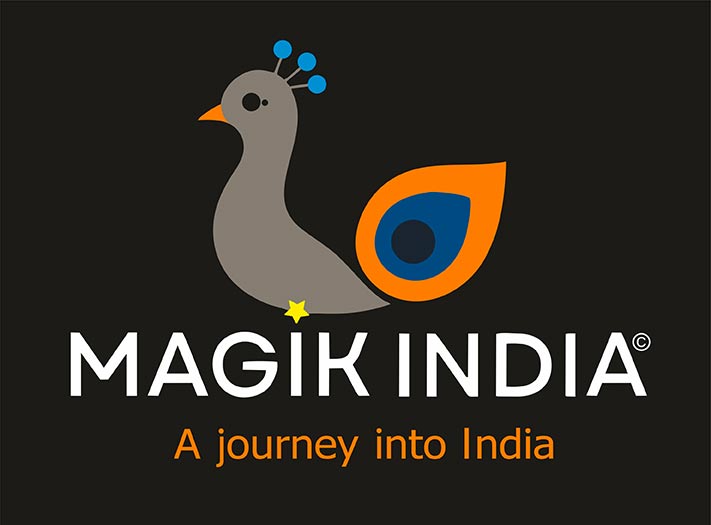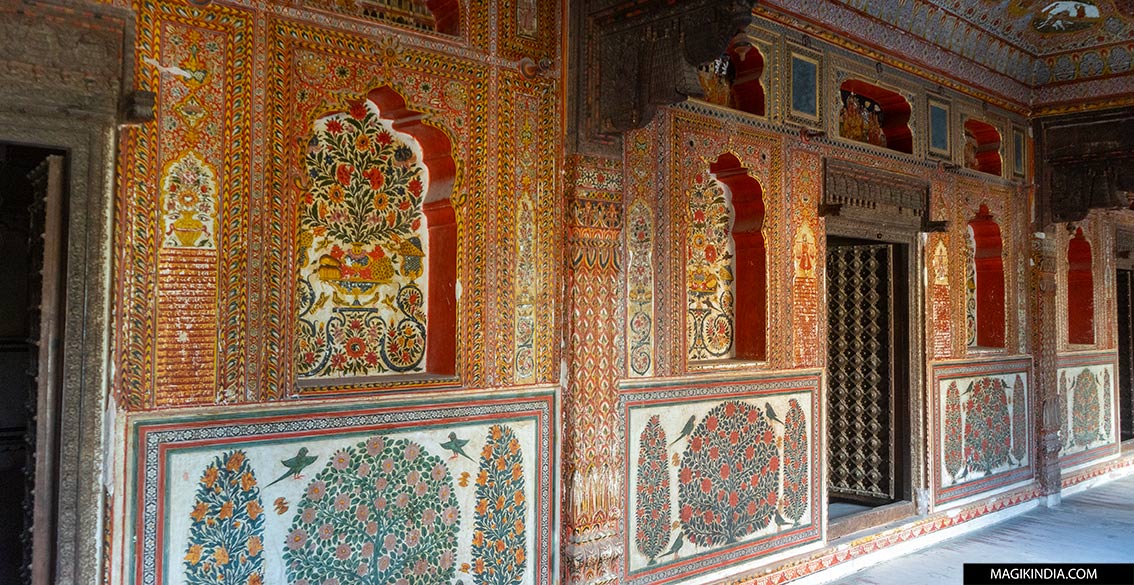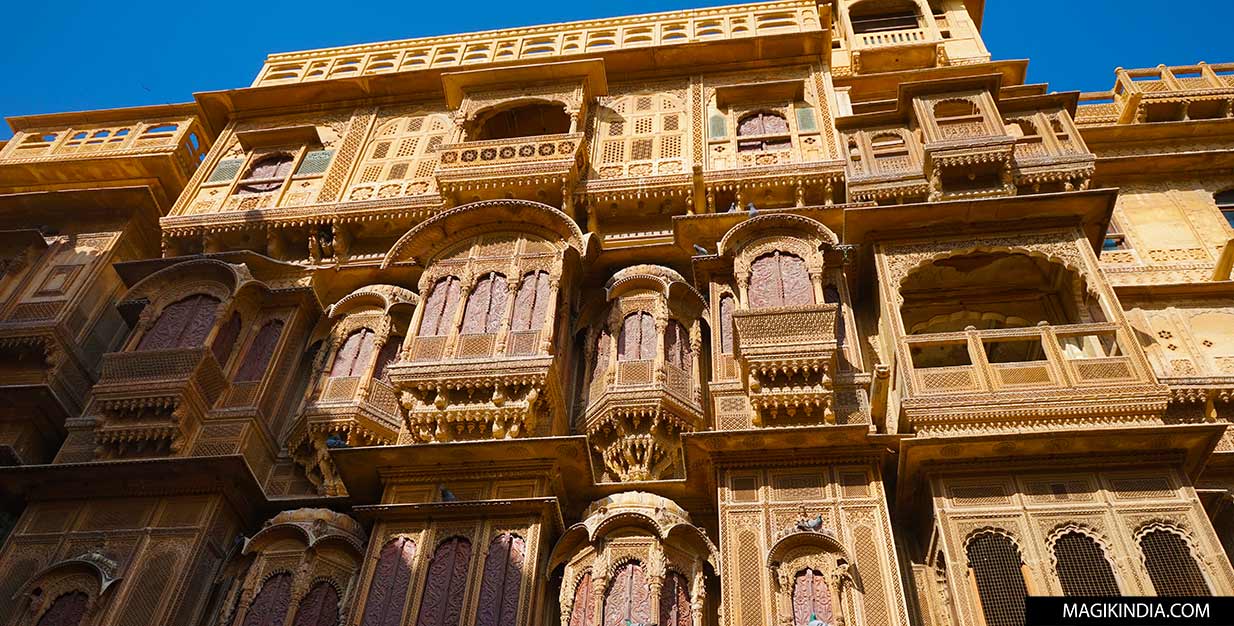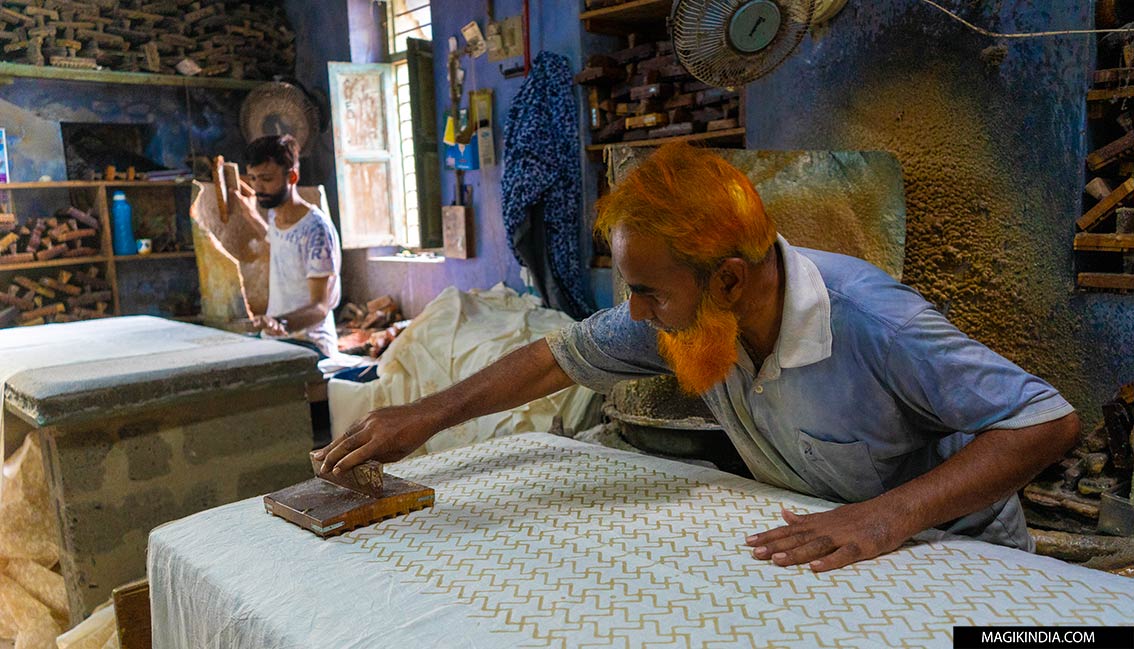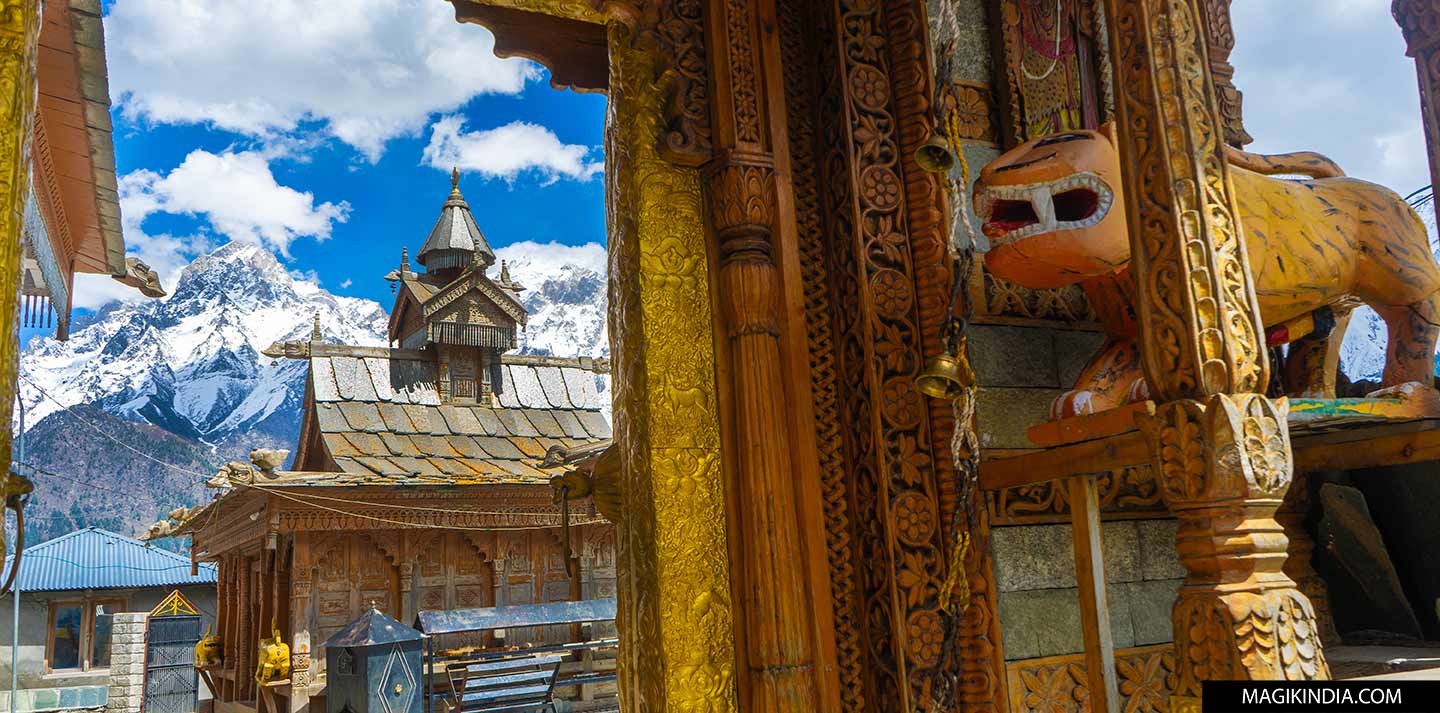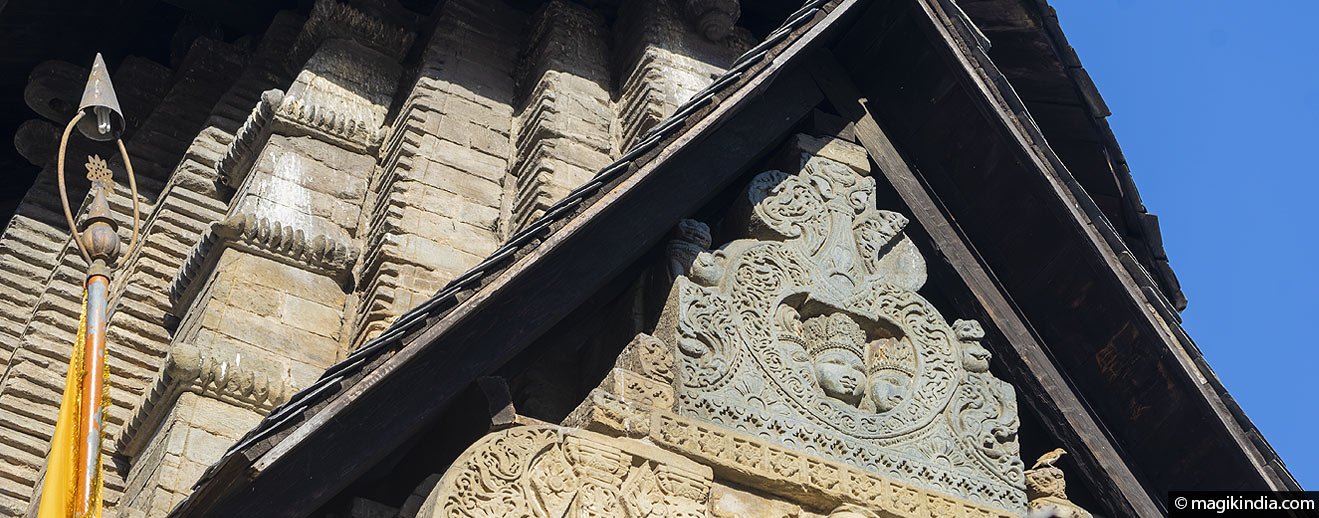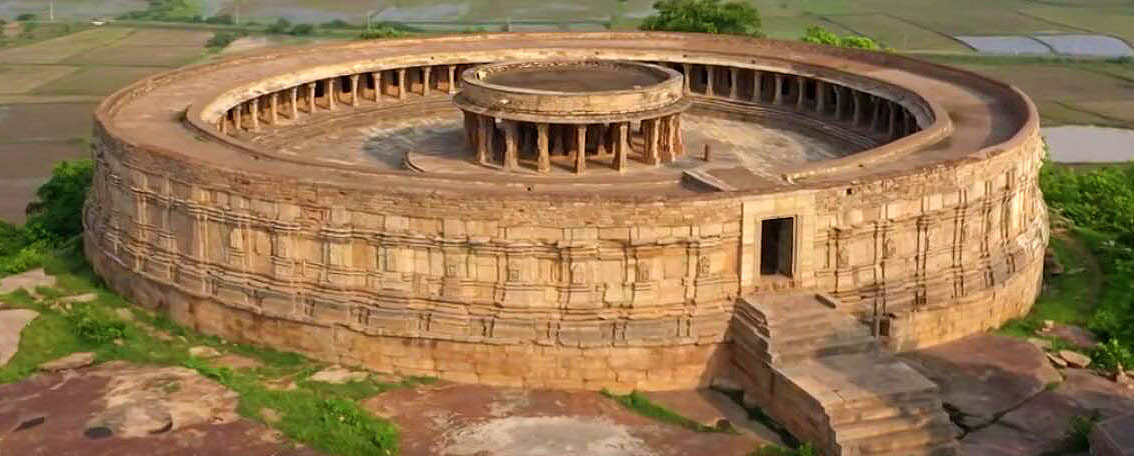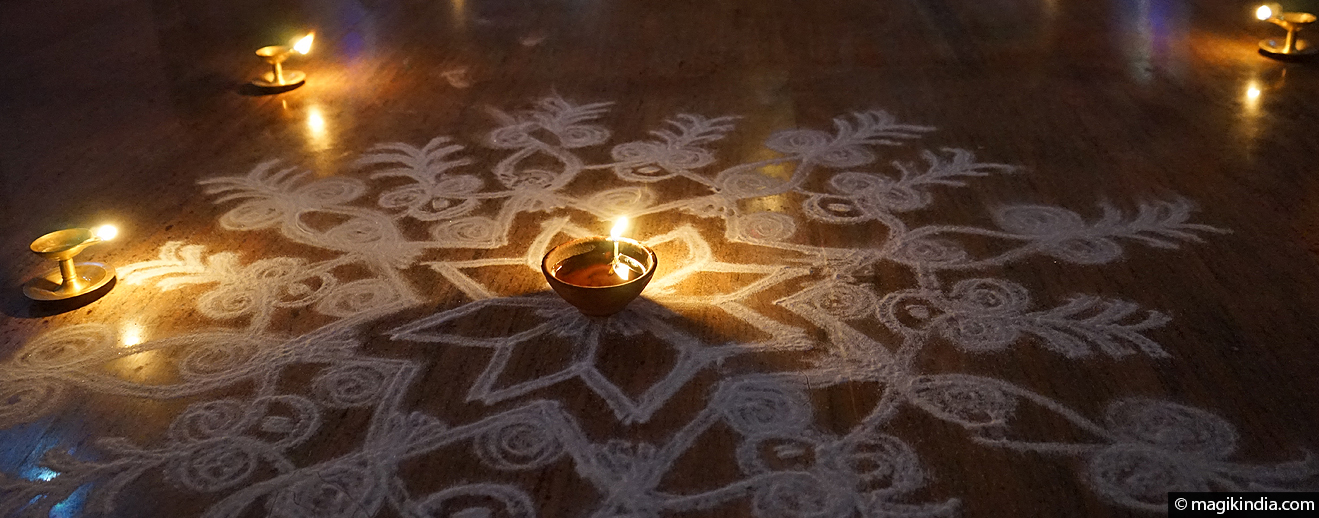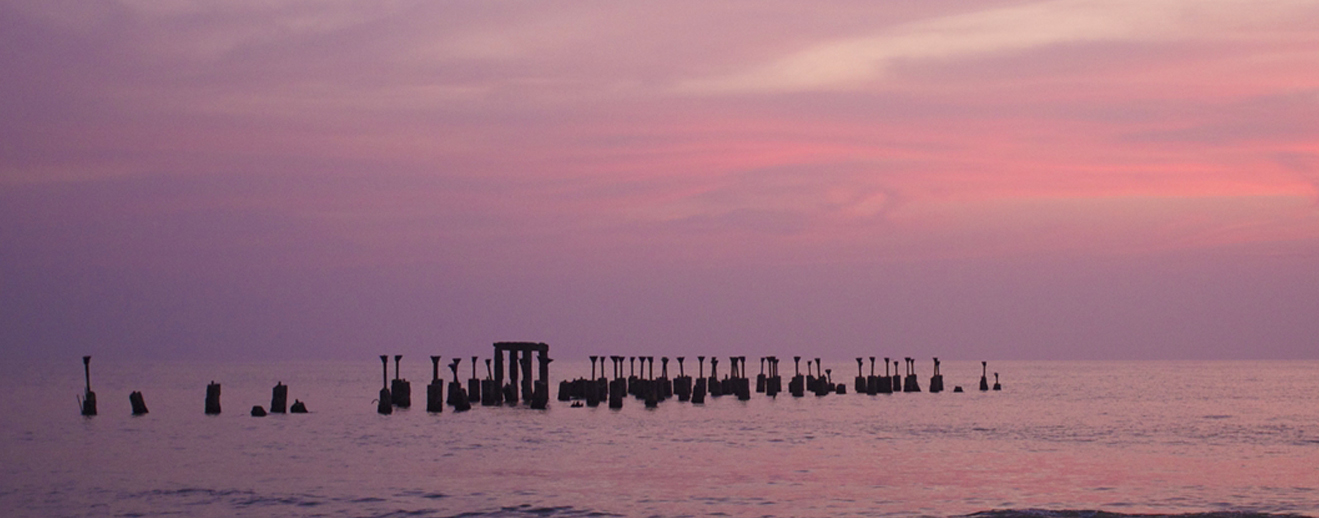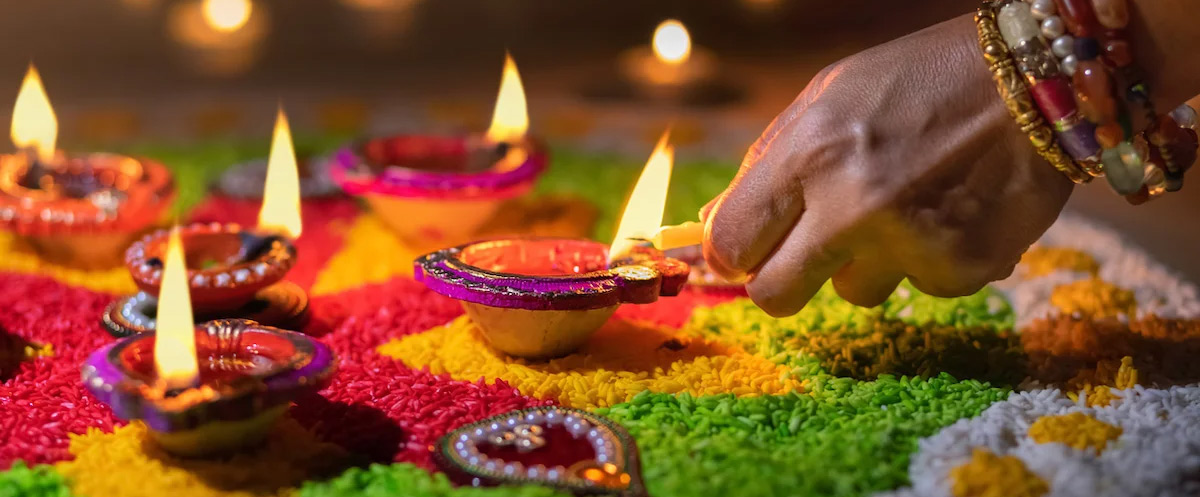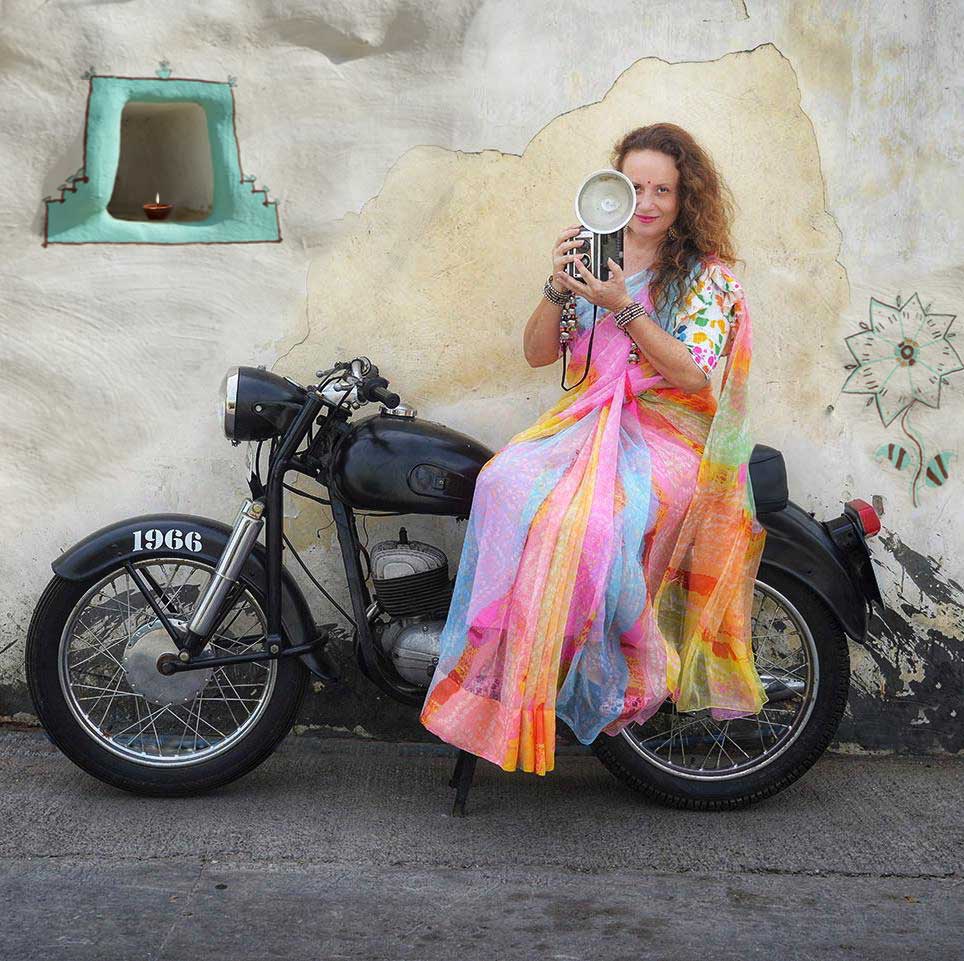
Namaskaram !
Welcome, Padharo ! I'm Mathini, a French woman who has been living in Rajasthan for 10 years. Despite being imbued with Indian culture from a young age it wasn't until 2014 that my Indian adventure really began. I left everything behind in France and set off on a 6-year journey through the land of Gandhi. These adventures are gathered in this blog which aspires, in an intentionally positive spirit, to bear witness to India's remarkably diverse and multifaceted cultural heritage. If this website sparks a desire to pack your bags and set off for an Indian adventure, it will have achieved its purpose. Subh Yatra on Magik India and beautiful explorations in the sacred land of Bharat...
Chamba is a charming city situated at the end of the valley bearing the same name, located in the Northwest of Himachal Pradesh. The city lies on the banks of the River Ravi, which is nestled between two peaks of the Himalayan Shivalik Range. This millinery town is not a popular destination amongst tourists who prefer Dharamshala or Manali further south, and yet, Chamba surprises with its magnificent temples, which reflect the opulence of the Rajput kings from the medieval period. The beauty of the surrounding landscape is also another plus which can lead us to discover this city. Chamba is a wonderfully interesting stop for those travellers looking for a change of scenery, and is a city for both lovers of historical monuments and experienced trekkers alike.
Among the multitude of Hindu temples that dot India those of the 64 yoginis (Chausath Yogini), which you can count on the fingers of one hand, occupy a very special place. These sanctuaries, dedicated to the tantric worship and to the “Shakti”, the universal creative force, still remain an enigma. Surprisingly, very few thesis have been developed on this subject, perhaps because Tantra is a secret knowledge that is only transmitted to a limited number of initiates, or perhaps it is because history tends to erase the cultural and spiritual heritage of women. The fact remains that the yoginis, powerful women, between myth and reality, shape our imagination and also bring us to a further reflection of what is the feminine principle.
“Outside the norm”, this is perhaps one of the best definitions of the word “Rabari.” Those who, originally, were nomadic camel herders from the arid areas of Rajasthan consistently exercise a powerful fascination on common people and regularly attract photographers’s eyes from all over the world. If their origin remains a mystery, their traditions, even gradually eroded by modern society, are still very much alive.
If you want to extend your trip to the region of Jaipur (Rajasthan) and if you are looking for places to visit within 100km around the pink city, here are some ideas for getaways that will not disappoint you: historic sites, a sumptuous palace, a city of nawabs and a haunted fort…
Kartighai or Kartikai Deepam is a Hindu festival of lights that is mainly celebrated in Tamil Nadu, South India. It falls at the full moon (purnami) between mid-November and mid-December –the month of Kartikai in the Tamil calendar, when the moon is in conjunction with the constellation Kritika, the Pleiades.
Kozhikode (Calicut), basking in an idyllic setting between the Arabian Sea and the luxuriant Wayanad hills, was once a major trading post and the capital of the powerful Zamorins (the local sovereigns). It was here, at Kappad Beach, that Vasco Da Gama landed with 170 men in 1498.
At the new moon in the month of Karthik (October-November) Hindus celebrate Diwali, one of their major festivals, also called the “festival of lights”. It symbolises the spiritual victory of light over darkness and of knowledge over ignorance.The name Diwali derives from the Sanskrit dipavali. Dipa means ‘lamp’ or ‘light’ and avali means ‘series’ or ‘lines’. So ‘diwali‘ means lines of lights. At Diwali Indian towns glow with thousands of lights, creating an absolutely magical, joyful atmosphere…
